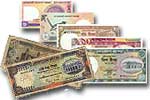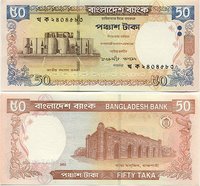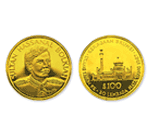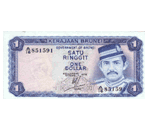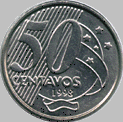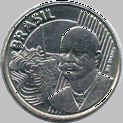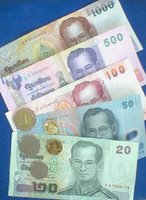
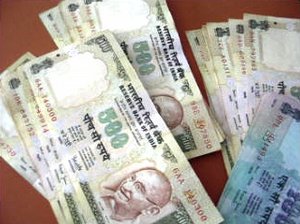
The Indian Rupee is the original official currency of India. The English translation of "Rupee" is "silver," and the name exists because it was previously a silver coin. This very fact had severe consequences in the 19th century, when the strongest economies in the world were on the gold standard. The discovery of vast quantities of silver in the U.S. and various European colonies resulted in a decline in the relative value of silver to gold. Suddenly, the standard currency of India could not buy as much from the outside world. Such circumstances led to what is now referred to as "the fall of the Rupee."
